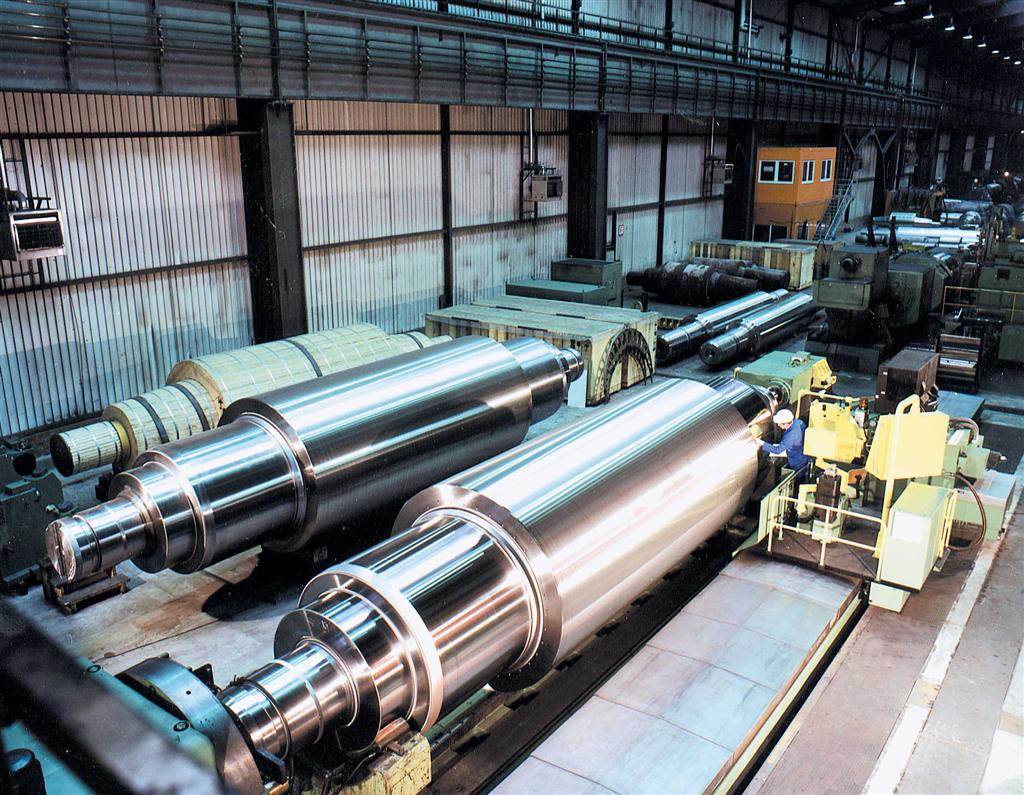Top Manufacturers of Rubber Seals for Doors and Their Benefits
Choosing the Right Rubber Seal for Doors A Guide for Manufacturers
In the realm of door manufacturing, one cannot underestimate the significance of effective sealing solutions. Rubber seals for doors play a pivotal role in ensuring energy efficiency, noise reduction, and protection against the elements. As manufacturers, it is crucial to understand the various types of rubber seals available in the market and how they can meet the diverse needs of your customers.
Importance of Rubber Seals
Rubber seals are essential components used in door manufacturing for a multitude of reasons. Firstly, they provide an airtight barrier that reduces energy loss, which is particularly vital in residential and commercial buildings where heating and cooling systems face constant challenges. Secondly, rubber seals help mitigate noise pollution, creating a more comfortable and serene indoor environment. Lastly, they offer protection against water, dust, and insects, thereby prolonging the lifespan of doors and improving overall user satisfaction.
Types of Rubber Seals for Doors
There are various types of rubber seals available, each catering to specific applications. Some of the most common types include
1. Flat Seals Also known as weatherstripping, flat seals are versatile and can be used for both interior and exterior doors. They are typically made from EPDM (Ethylene Propylene Diene Monomer) rubber, which is known for its durability and resistance to UV rays, extreme temperatures, and ozone.
2. Bulb Seals These seals are designed with a rounded, bulbous shape that compresses against the door frame to create a tight seal when the door is closed. Bulb seals are ideal for entry doors where maximum insulation and weather resistance are desired.
3. P-Strip Seals P-strips feature a unique ‘P’ shape that allows for easy installation and superior sealing capabilities. They are commonly used in sliding doors and windows, providing an effective barrier against drafts and water ingress.
4. Q-Strip Seals Similar to P-strips, Q-strips offer flexibility and are particularly effective for application in heavy-duty doors. Their design ensures that they maintain a tight seal even under regular wear and tear.
5. Magnetic Seals Often used in cooler and freezer doors, magnetic seals create a strong closure due to their built-in magnets. This type of seal is crucial for maintaining temperature control in refrigeration applications.
rubber seal for doors manufacturer

Selecting the Right Rubber Seal
When selecting the appropriate rubber seal for doors, several factors must be considered
1. Material The choice of rubber material affects the performance and lifespan of the seal. For instance, EPDM is preferred for outdoor applications due to its weather-resistant properties, while silicone may be more suitable for high-temperature environments.
2. Sizing Accurate measurements are essential to ensure that the seal fits perfectly around the door. A proper fit prevents air leakage, enhances insulation, and extends the durability of the seal itself.
3. Installation Method Consider how the seal will be installed. Some seals come with adhesive backing for easy application, while others may require mechanical fasteners. Ease of installation can significantly impact the overall efficiency of the manufacturing process.
4. Aesthetic Considerations While functionality is paramount, aesthetics should not be overlooked. The color and texture of the seal should complement the door design and appeal to the target market.
Trends in Rubber Seal Manufacturing
As the demand for energy-efficient and sustainable building materials continues to rise, manufacturers are innovating their rubber seal products. New technologies, such as the integration of recycled materials and advanced manufacturing processes, are being explored to create eco-friendly options. Additionally, the advent of smart home technology has opened avenues for the development of intelligent sealing systems that can respond to environmental changes.
Conclusion
The selection of the right rubber seal for doors requires careful consideration of various factors, including material, size, installation method, and aesthetic appeal. As a manufacturer, staying informed about the latest trends and innovations in rubber seal technology will not only enhance your product offerings but also meet the evolving demands of consumers. By providing high-quality rubber seals, you can ensure that your doors excel in performance, efficiency, and user satisfaction, ultimately solidifying your position in the competitive landscape of door manufacturing.
Share
-
Versatile and Durable EVA Foam Sheets for Every NeedNewsMay.26,2025
-
The Importance of Door Bottom Seals for a Secure and Comfortable SpaceNewsMay.26,2025
-
Protecting Your Vehicle with Premium Windshield Weather StrippingNewsMay.26,2025
-
Essential Shower Door Seal Strips for Perfect Fit and ProtectionNewsMay.26,2025
-
Essential Car Door Seals for Every VehicleNewsMay.26,2025
-
Enhancing Safety with Effective Edge Protection SolutionsNewsMay.26,2025







